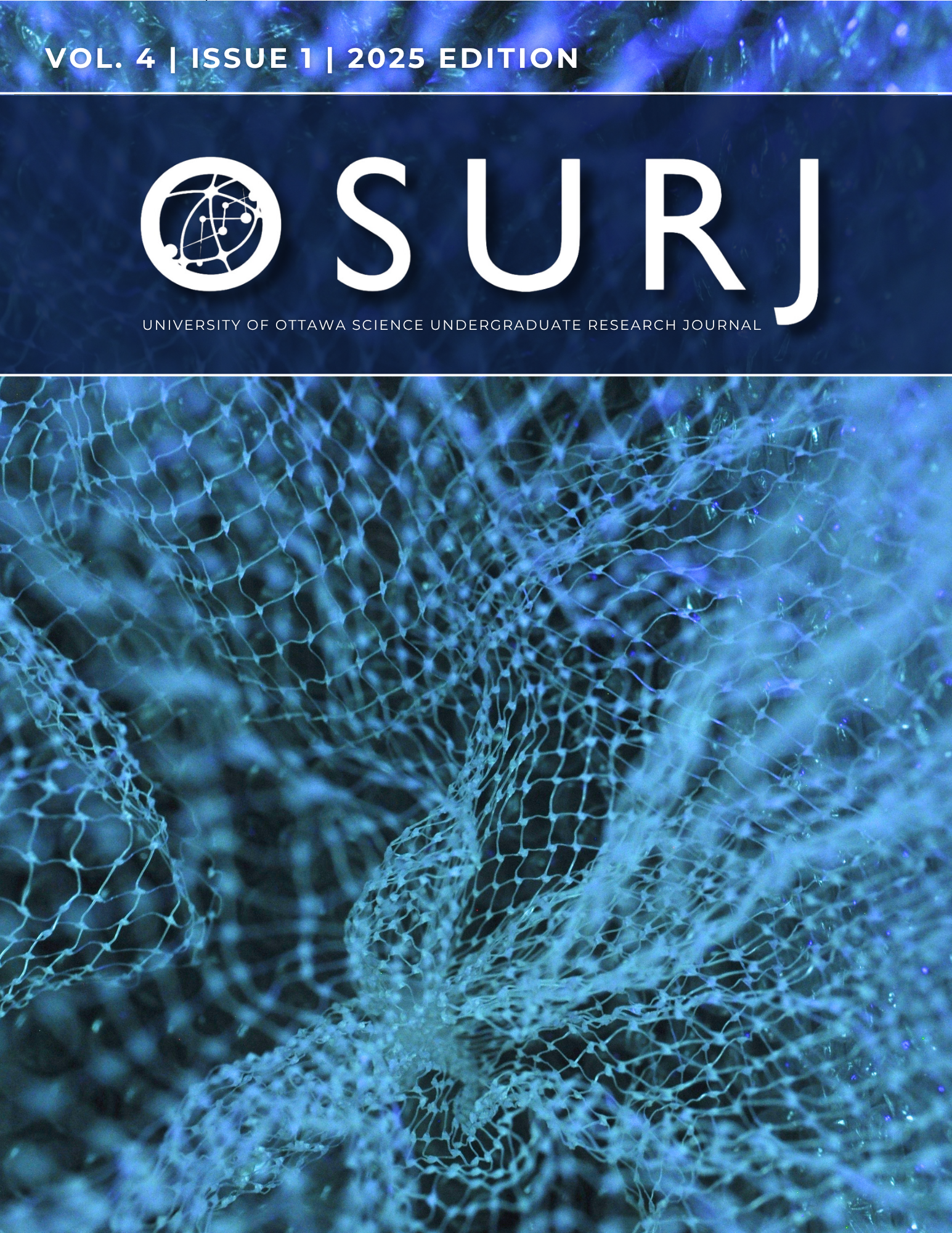Therapeutic Approaches to Restore Dopamine Homeostasis and Alleviate Motor Symptoms in Parkinson’s Disease – a Narrative Review
DOI:
https://doi.org/10.18192/osurj.v4i1.7376Abstract
Parkinson’s disease (PD) is the second most common neurodegenerative disorder, characterized by progressive dopaminergic neuronal loss in the substantia nigra pars compacta, leading to motor impairments such as bradykinesia, tremors, and rigidity. Current therapeutic strategies aim to restore dopamine homeostasis and alleviate motor symptoms through pharmacological, surgical, and non-pharmacological interventions; however, there is no current treatments that treat PD as a whole. This narrative review highlights three primary pharmacological approaches: (1) dopamine replacement with levodopa, the gold standard therapy, which is effective but associated with long-term complications such as motor fluctuations and dyskinesias; (2) dopamine receptor agonists, which offer an alternative to levodopa but exhibit increased non-motor side effects; and (3) inhibitors of dopamine degradation enzymes, including monoamine oxidase B (MAO-B) and catechol-O-methyltransferase (COMT) inhibitors, which prolong dopamine availability and reduce motor fluctuations. Emerging strategies focus on multifunctional compounds targeting both MAO-B and COMT, offering neuroprotection and improved dopaminergic stability. Despite advancements in PD management, an urgent need remains for novel therapeutics that provide sustained symptom relief with minimal side effects.
Published
Issue
Section
License
OSURJ Publication Rights Policy Agreement Please fill in the following blanks.
I, ____________________ (submitting author) am submitting an article to the University of Ottawa Science Undergraduate Research Journal (OSURJ) entitled _________________________________________________________________________
I. OSURJ Mandate:
The University of Ottawa Science Undergraduate Research Journal is a bilingual multidisciplinary open-access and non-proprietary journal. A journal of this nature embraces all disciplines of science and is the result of a collaborate effort between undergraduate, graduate and faculty members. Our goal is to provide invaluable publishing and submission process experience to undergraduate students and ultimately promote undergraduate research within the UOttawa community.
II. Review Process of OSURJ
OSURJ uses a single-blind review process. The submitted article is first sent to the managing editor who assigns the article to the relevant section editor responsible for the specific science discipline. The section editor provides a preliminary review to confirm that the submission is within OSURJ’s scope after which it is assigned to one undergraduate reviewer and one faculty review for independent review. The reviewers recommend to either reject, accept or conditionally accept the article with revisions required. Based on the recommendations from both reviewers, the section editor makes the final decision of publication.
III. Proprietorship and Author Rights:
Authors retain all copyrights to their research and original data and may publish in other journals at the journal’s discretion. OSURJ acknowledges that all information submitted by the author(s) is their intellectual property and therefore any republication of such property is not allowed without written consent from the submitting author(s). Articles published in OSURJ may be published in other journals.
However authors should be made aware that other publishers may not permit the republication of original research published in an undergraduate journal such as OSURJ. Consequently, the author should consult the publication policies of other journals, and all relevant parties should be made aware of this possibility before proceeding with article submission.
IV. Falsification of Data
Methods for the acquisition and analysis of data should be accurately and fully displayed to allow for replication by other researchers. Data fabrication and alteration is unethical and may lead to unfounded conclusions. As such, it is not permitted by OSURJ.
V. Permission from All Contributors:
Given that research is collaboratively conducted with professors and other students, OSURJ requires that all contributors (co-authors, primary investigators, lab managers, supervisors) consent to the submission of the article to OSURJ.
Any person listed as an author of an article must have contributed greatly to the data, analysis or interpretation of said data and should provide approval of the submitted version. It is unethical to not list those who contributed to the standards of an author and to include those who do not meet the criteria for authorship.
For articles with multiple authors, primary, secondary (etc.) author status must also be agreed upon.


